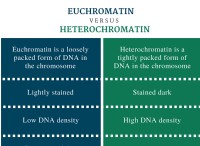Exploiting Human Emotions :誤った情報は、多くの場合、人々の恐怖、不安、およびCovid-19を取り巻く不確実性に基づいて行われ、それを信じることや共有しやすくします。
Social Media Echo Chambers :ソーシャルメディアプラットフォームは、ユーザーが主に既存の信念を強化するコンテンツに遭遇し、志を同じくするグループ内の誤った情報の拡大を促進するエコーチャンバーを不注意に作成しました。
Lack of Early Authoritative Information :In early March, when misinformation spread rapidly, accurate and timely information from credible sources was still limited. This vacuum allowed false information to fill the void.
Sensational Headlines :誤った情報は、多くの場合、ユーザーの注意を引くために注意を引く見出しと人目を引くビジュアルを採用し、コンテンツの精度を確認することなく共有する可能性を高めました。
Misinformation Campaigns :Some coordinated efforts aimed to deliberately spread misinformation, further contributing to its velocity and impact. These campaigns often leveraged social bots and targeted vulnerable populations.
Absence of Fact-Checking Infrastructure :パンデミックの開始時に、事実を確認するメカニズムと努力がまだ発展しており、誤った物語と誤った情報が自由に循環することを可能にしました。
Rapid Sharing Through Messaging Apps :WhatsAppやTelegramのようなメッセージングアプリは、個人のチャンネルとグループチャットを通じて誤った情報の迅速な広がりを促進しました。







